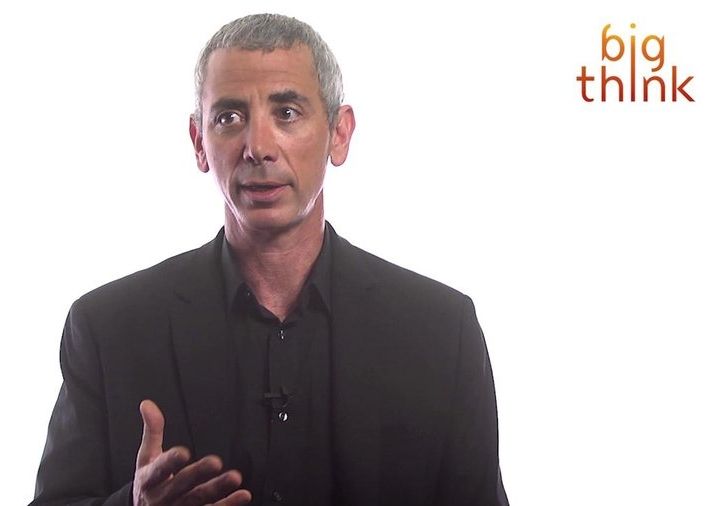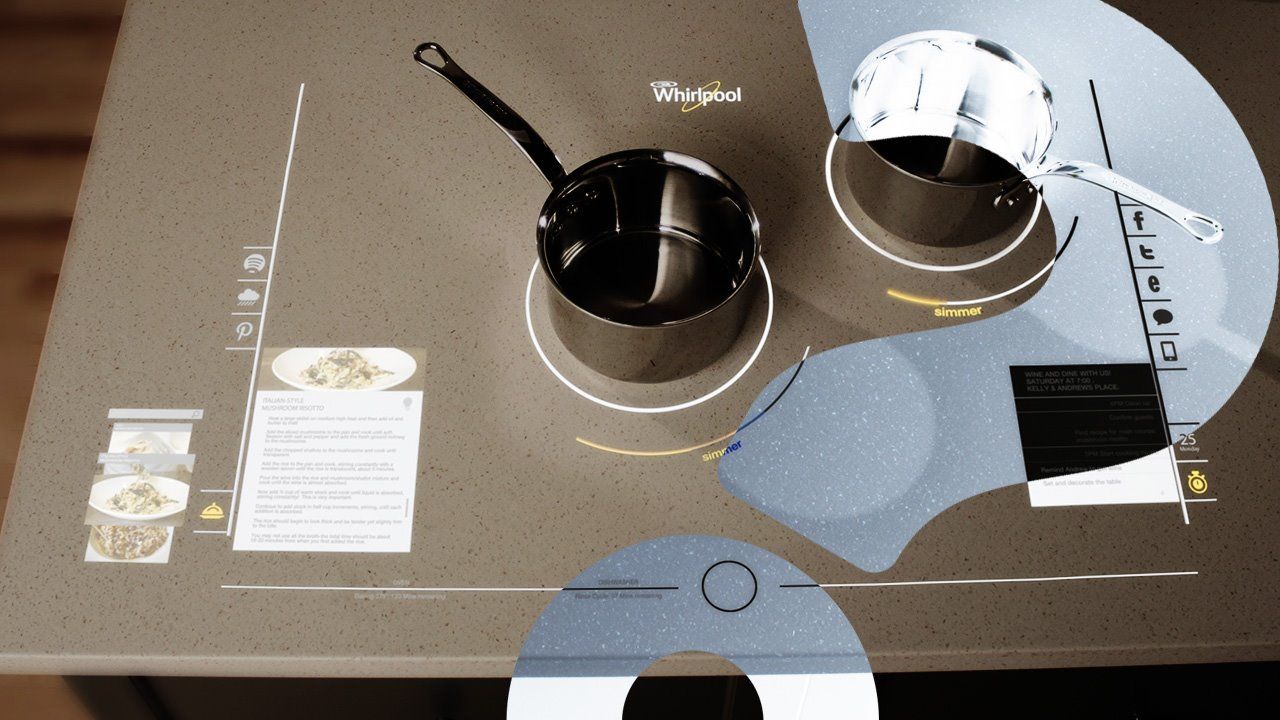Exercise is one of the best ways to slow down aging and its free too!
(Boston) — Older adults who experience good cardiac fitness may be also keeping their brains in good shape as well.
In what is believed to be the first study of its kind, older adults who scored high on cardiorespiratory fitness (CRF) tests performed better on memory tasks than those who had low CRF. Further, the more fit older adults were, the more active their brain was during learning. These findings appear in the journal Cortex. Difficulty remembering new information represents one of the most common complaints in aging and decreased memory performance is one of the hallmark impairments in Alzheimer’s disease.
Healthy young (18−31 years) and older adults (55−74 years) with a wide range of fitness levels walked and jogged on a treadmill while researchers assessed their cardiorespiratory fitness by measuring the ratio of inhaled and exhaled oxygen and carbon dioxide. These participants also underwent MRI scans which collected images of their brain while they learned and remembered names that were associated with pictures of unfamiliar faces.









